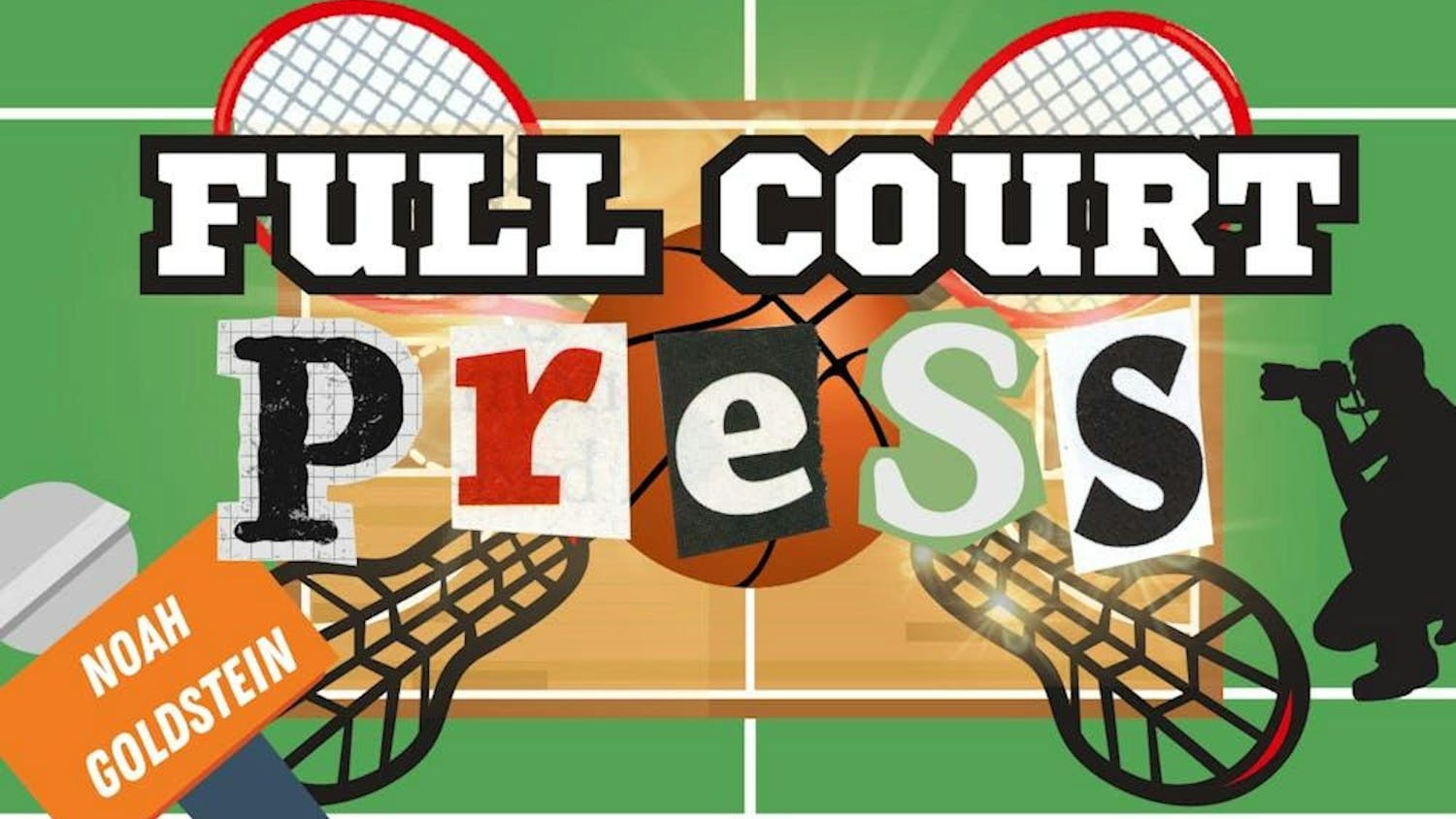Panic of pneumonia was sweeping Boston in the early 1890s. The number of deaths supposedly caused by the disease only seemed to be increasing according to a rather detailed report published in the Boston Sunday Globe in 1891, growing from 1,718 cases in 1870 to 3,440 cases in 1889.
It was “therefore apparent” that a remedy was sorely needed, and Bostonians were fortunate to have one Dr. George W. Hilton, who had found a convenient little pill to single-handedly prevent the epidemic.
The problem, Dr. Hilton told the Globe in 1894, was that, “People are careless …. They catch cold and let it have its run.” These colds, he said, were brought on by a decrease in body temperature and could easily develop into pneumonia. “Every cold, however slight, can and should be cured,” the article states. “It is merely a matter of breaking it up on the spot.”
Curing the cold had never been easier, the Globe enthusiastically declared. “Nothing has ever been known that would so surely break up a cold as Dr Hilton's famous Specific No. 3. When the first chilly feeling comes on take three or four of the little pellets,” the Globe said.
From then on, “Boston [swore] by Dr. Hilton’s No. 3.” People found great comfort in the portable, sweet little things. It was easy to take them anywhere; they became “almost universally used.” Glowing reviews sprinkled Globe papers across the 1890s by publishers, insurance people and tailors alike. Hardly anyone dared go without a bottle on hand and in the pockets of their friends and family members.
That is, until 1913, when theUnited States attorney for the District of Maine prosecuted one box of Dr. Hilton’s Specific No. 3 on grounds of misbranding in violation of the Pure Food and Drug Act. He determined that its contents “would not kill a cold and prevent pneumonia, and would not prevent grippe, and would not prevent bronchitis, and was not a cure for pneumonia” (as advertised on bottles and packages), and that “it was not true that it had reduced the death rate in Boston from pneumonia more than one-half since 1891” (as advertised on bottles and packages), but, in fact, “contained no medicinal properties whatsoever.” Then, in 1916, theUnited States attorney for the District of Massachusetts filed the same report. G. W. Hilton’s Specifics (Inc.), of Lowell, Mass., was, again, found guilty. The Federal Bureau of Chemistry analyzed the medicine. The people of Boston found out, much to their chagrin, that the beloved sugary pill they had been taking for two decades to break colds and prevent pneumonia was, in fact, just that — sugar, with a little alcohol coated over it.
How can such contradictory reports of Dr. Hilton’s Specific No. 3 exist? Can the powers of placebo really stretch across an entire population of fearing folk so easily? Is it possible that Dr. Hilton utilized this impeccable timing to scare people into the welcoming arms of his profitable alcohol-coated sugar pills?
The answer seems a resounding yes.





